The moon performed a cosmic ballet with Mars this week.
On Monday evening (Jan. 13), the Full Wolf Moon passed in front of Mars in what’s known as a lunar occultation, during which another celestial object appears to disappear behind the moon from our vantage point on Earth. Mars is approaching opposition on Wednesday (Jan. 15), the moment when it is situated directly opposite the sun as seen from Earth, which means it’s at its brightest in our night sky right now. Additionally, Mars recently passed perigee on Jan. 12, its closest point to Earth in its orbit around the sun, which makes it slightly larger in the sky.
The result? A stunning lunar occultation of Mars that was seen by large parts of North America and western Africa. Luckily, plenty of skywatchers, photographers and Space.com readers caught the spectacle on camera in the gorgeous photos below.
Photographer Peter Jay caught the Red Planet lurking just above the northern limb of the moon as seen from Charlotte, North Carolina.
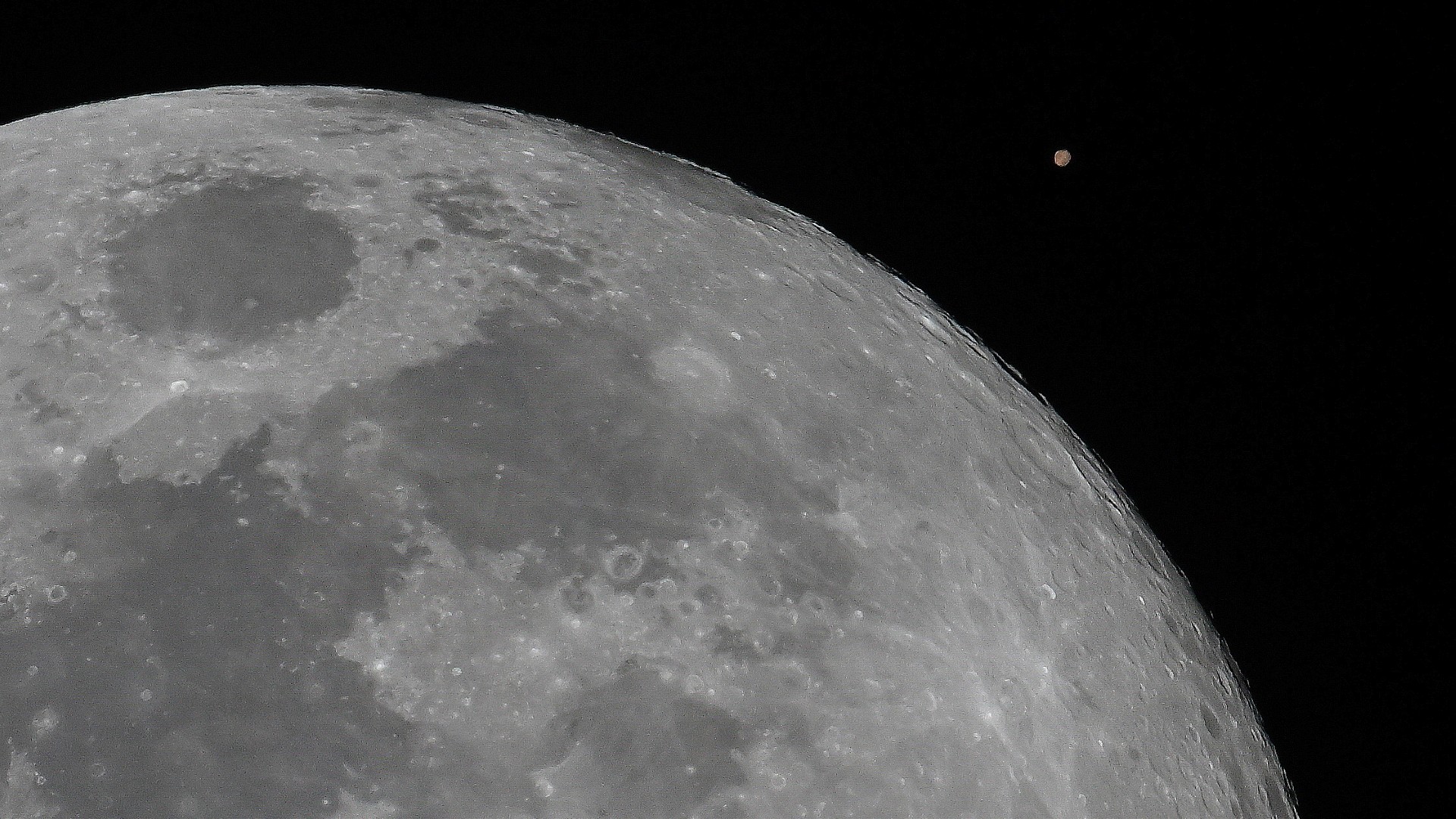
Jay caught the lunar occultation of Mars at several different points throughout the event, which lasted for just under an hour as the Red Planet passed behind the moon before reappearing again on the other side.
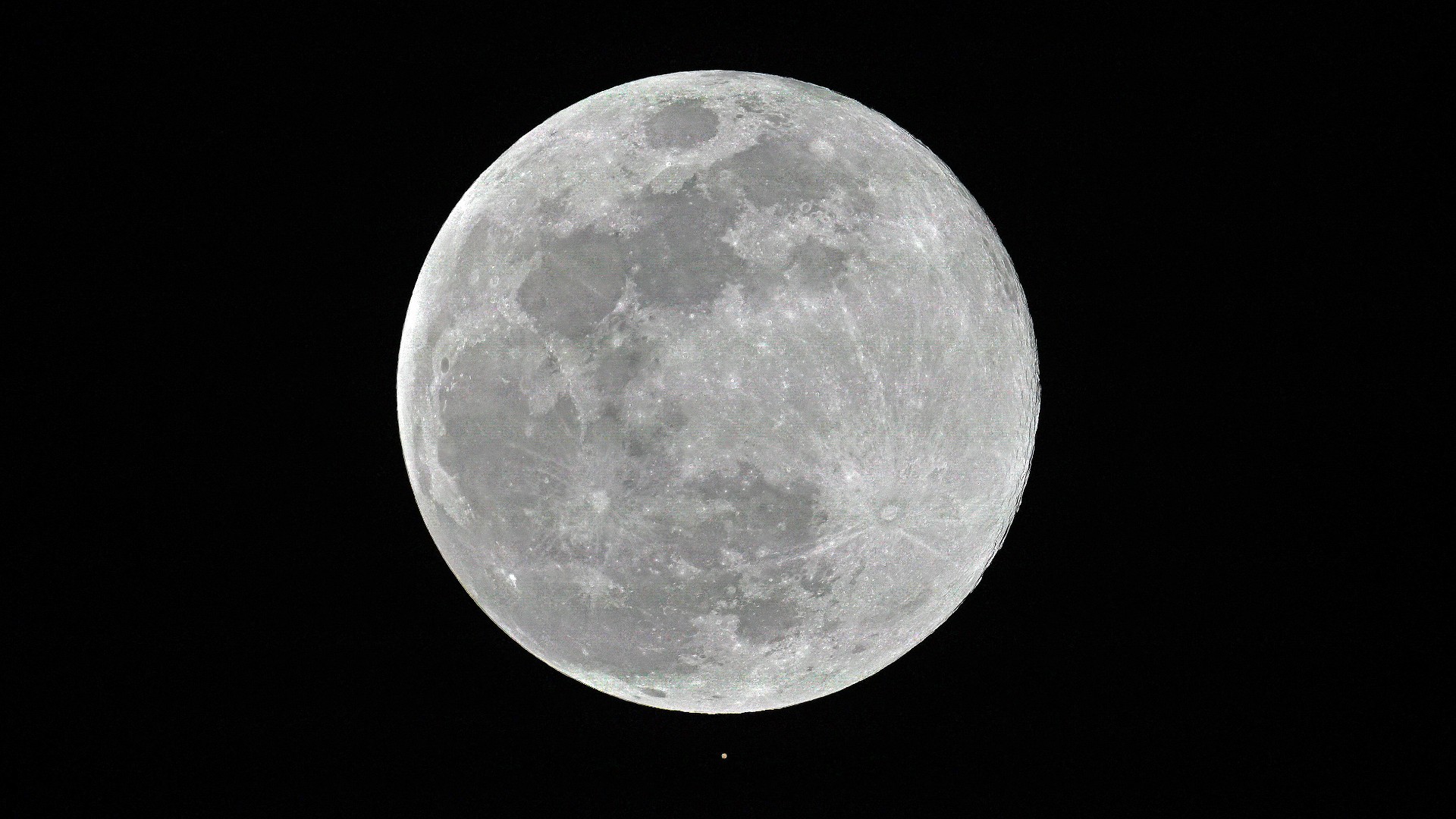
Lisa Shislowski of Plantation, Florida sent us the image of the occultation below.
“This evening was filled with so many exciting things happening with the first full moon of 2025/Wolf Moon and the lunar occultation of Mars 2025,” Shislowski told Space.com via email.
“The city view from Vista View Park in Davie, Broward County, Florida, gave way to a clear shot of the Wolf Moon rising through the clouds on the horizon. It was more vibrant and bright as it continued to rise. A little later in the evening, the lunar occultation of Mars was getting closer to occurring, and the tiny dot was the incredible planet of Mars that had just peeked right beside the Wolf Moon.”
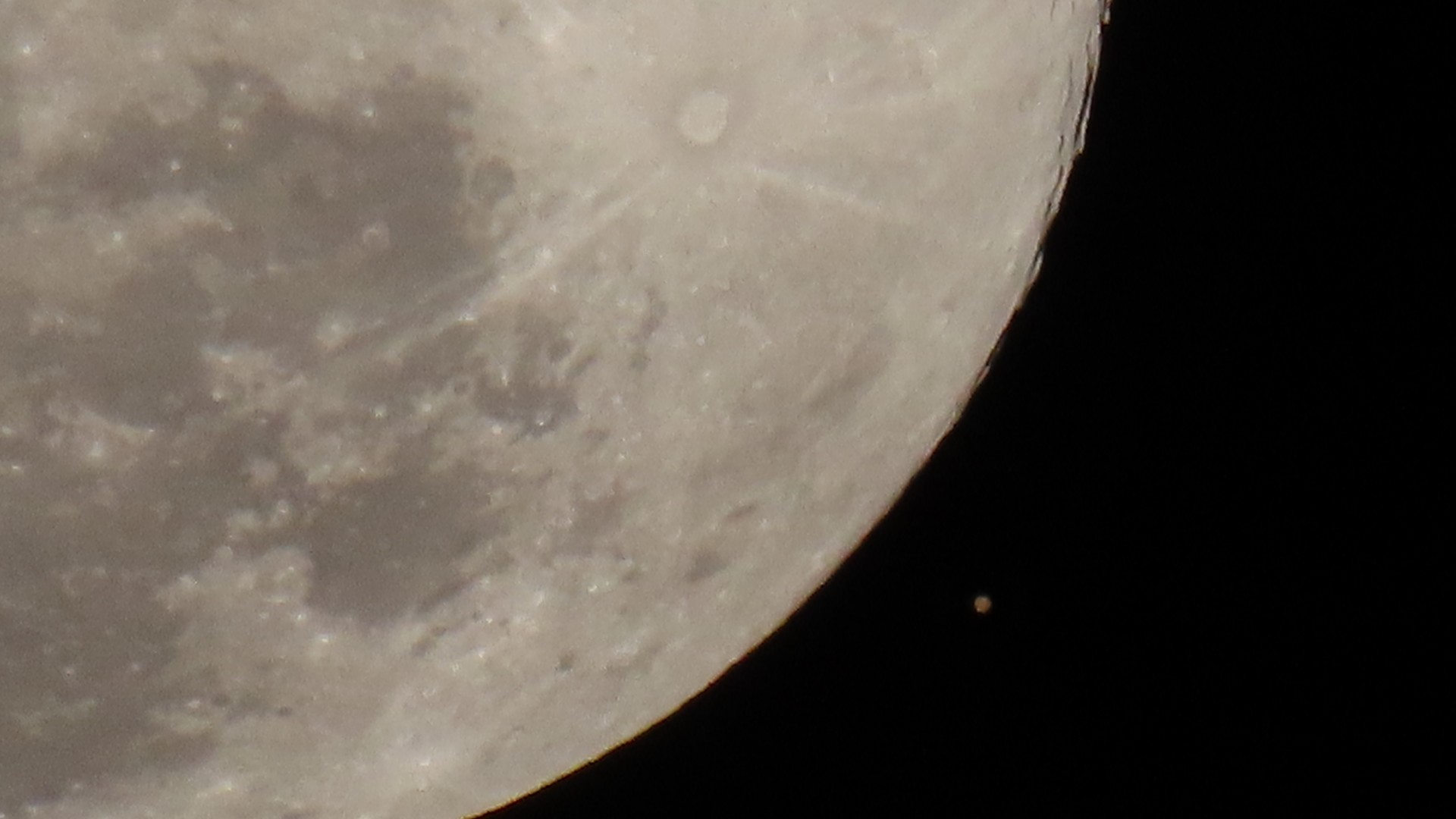
Josh Dagenais photographed the moon and Mars from Hanover Park, Illinois.
“This was a shot from my driveway. I was really excited to start seeing Mars hours before it was crossing paths tonight. Biggest challenge was staying warm as it was 13F (-10C). First time seeing something like this, and a first for shooting it too,” Dagenais told Space.com via email. “Lucked out on viewing conditions, looking forward to the eclipse in March,”
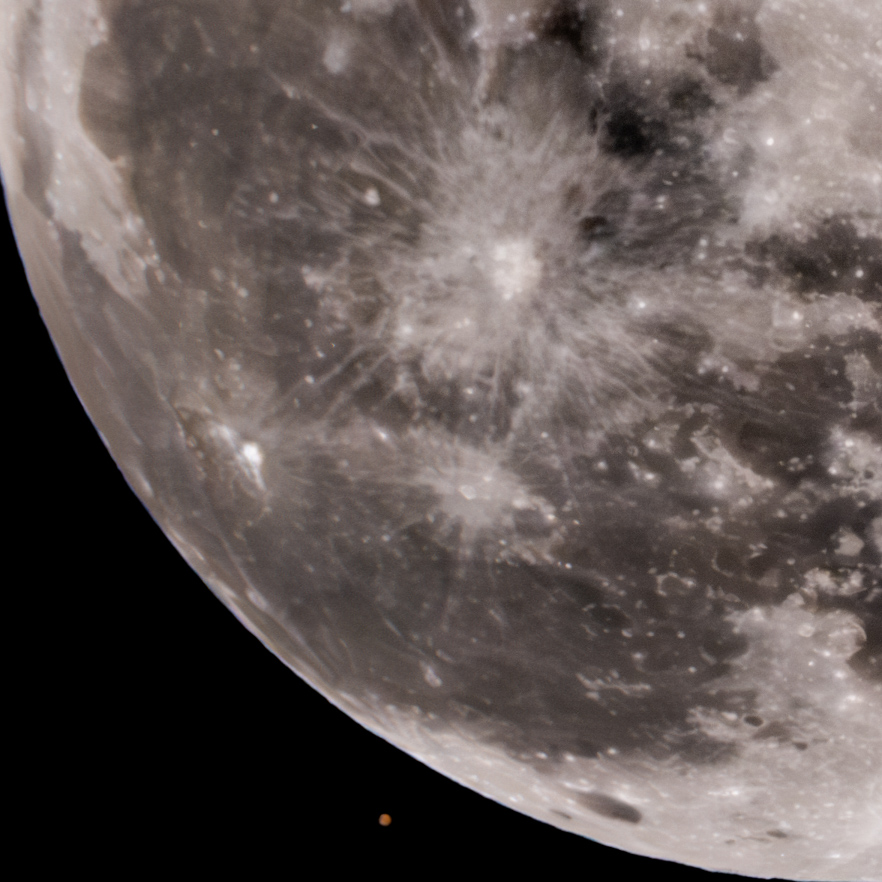
Reader Michael Tyo caught the occultation of Mars underway from Marlboro, Massachusetts using an 800mm prime lens and Canon R7 body.
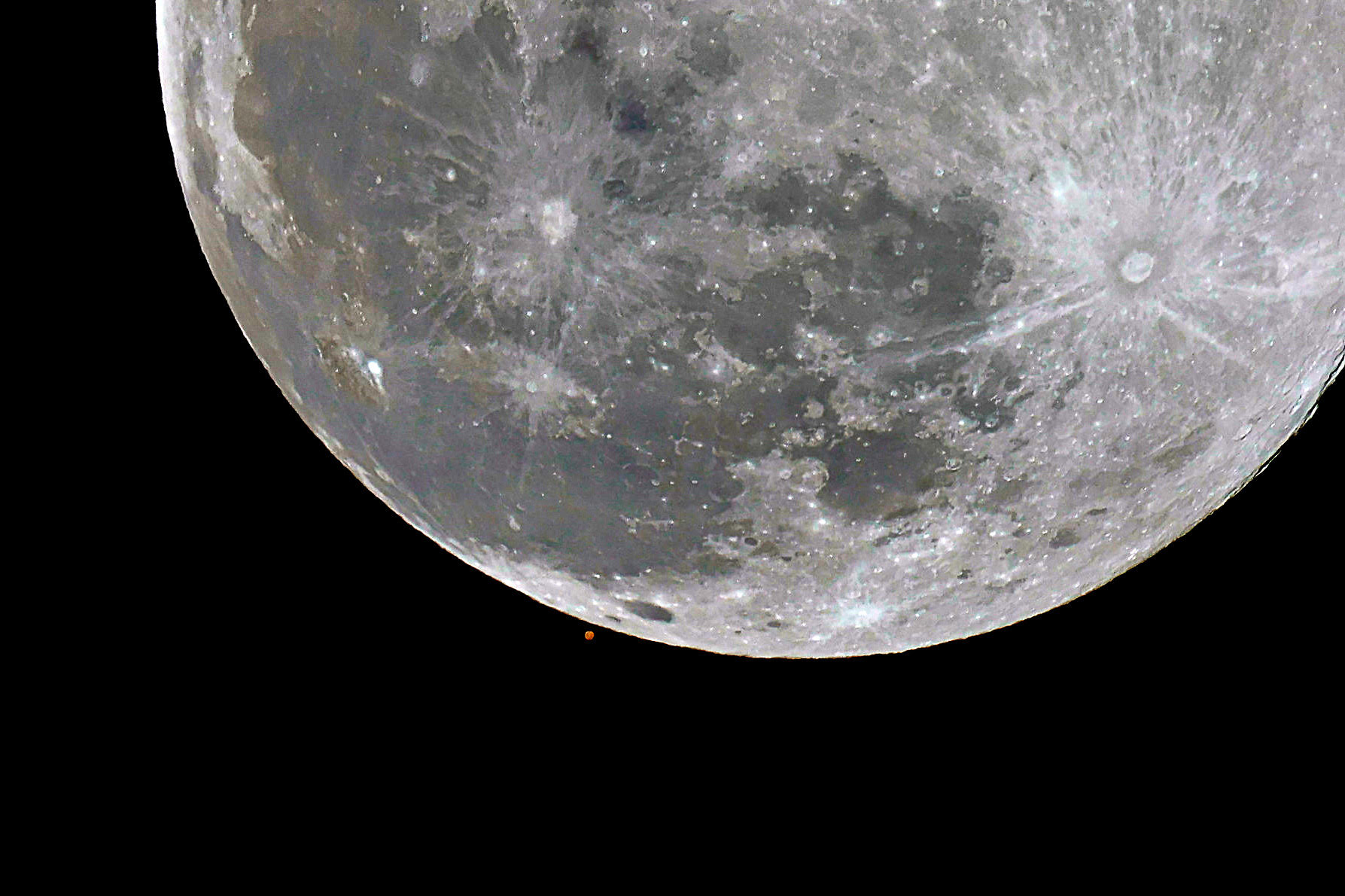
David J. Kim saw Mars peeking from behind the moon from Newtown, Pennsylvania.
Kim shot the scene with a Fuji X-T5 and Fujinon XF 150-600mm lens, captured at f8/600mm and f11/840mm with 1.4x TC.
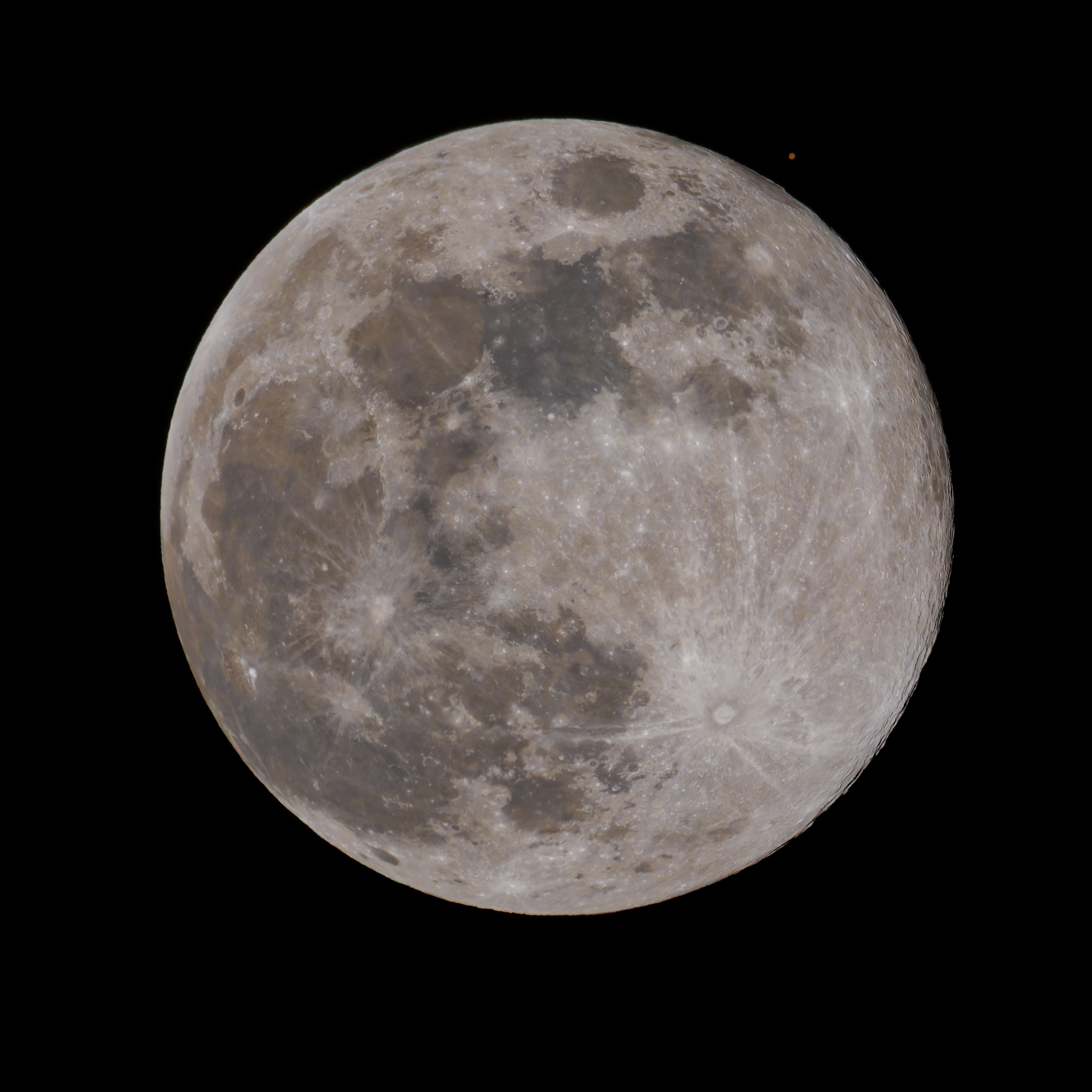
Other photographers outside of the viewing area of the lunar occultation of Mars caught the full moon shining alone in the night sky.
Robbie Pesiwarissa of Sydney, Australia saw the Full Wolf Moon appearing massive in the sky above Sydney Airport thanks to the moon illusion.
“As the twilight deepened, the Qantas Jet gracefully ascended from Sydney Airport in Mascot, while the mesmerizing Wolf Moon rose above the iconic buildings of the University of New South Wales (UNSW). The evening was warm and humid, a typical summer’s embrace that lent a certain magic to the air,” Pesiwarissa wrote via email.
“With only a fleeting few minutes at my disposal, I seized the opportunity to capture the moon in all its ethereal beauty while it lingered near the horizon. Alas, the clouds soon gathered, casting their veil over the moon, obscuring it from sight.”
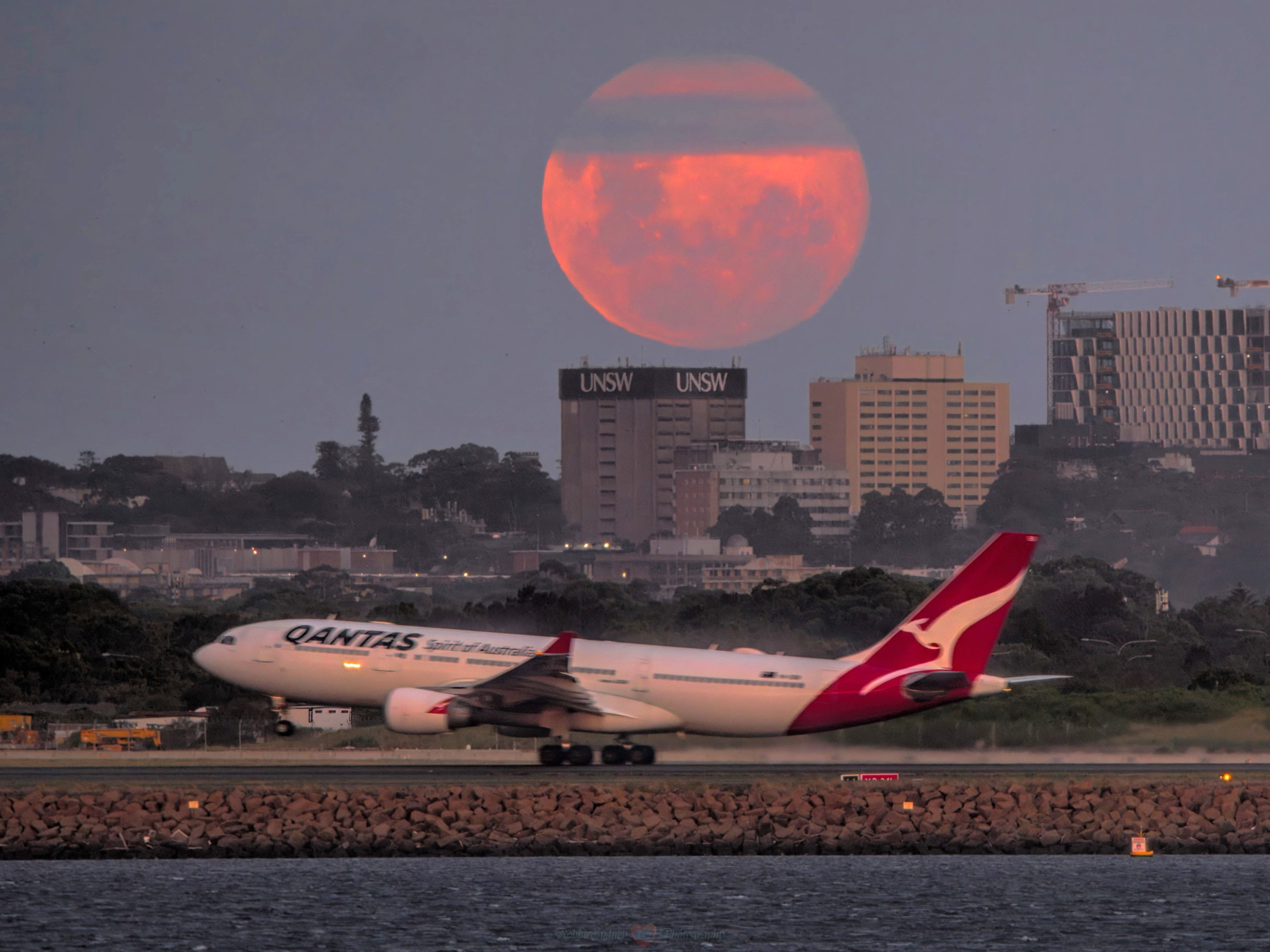
Photographer Yasuyoshi Chiba saw the full moon shining brightly above South Korean flags in Seoul.
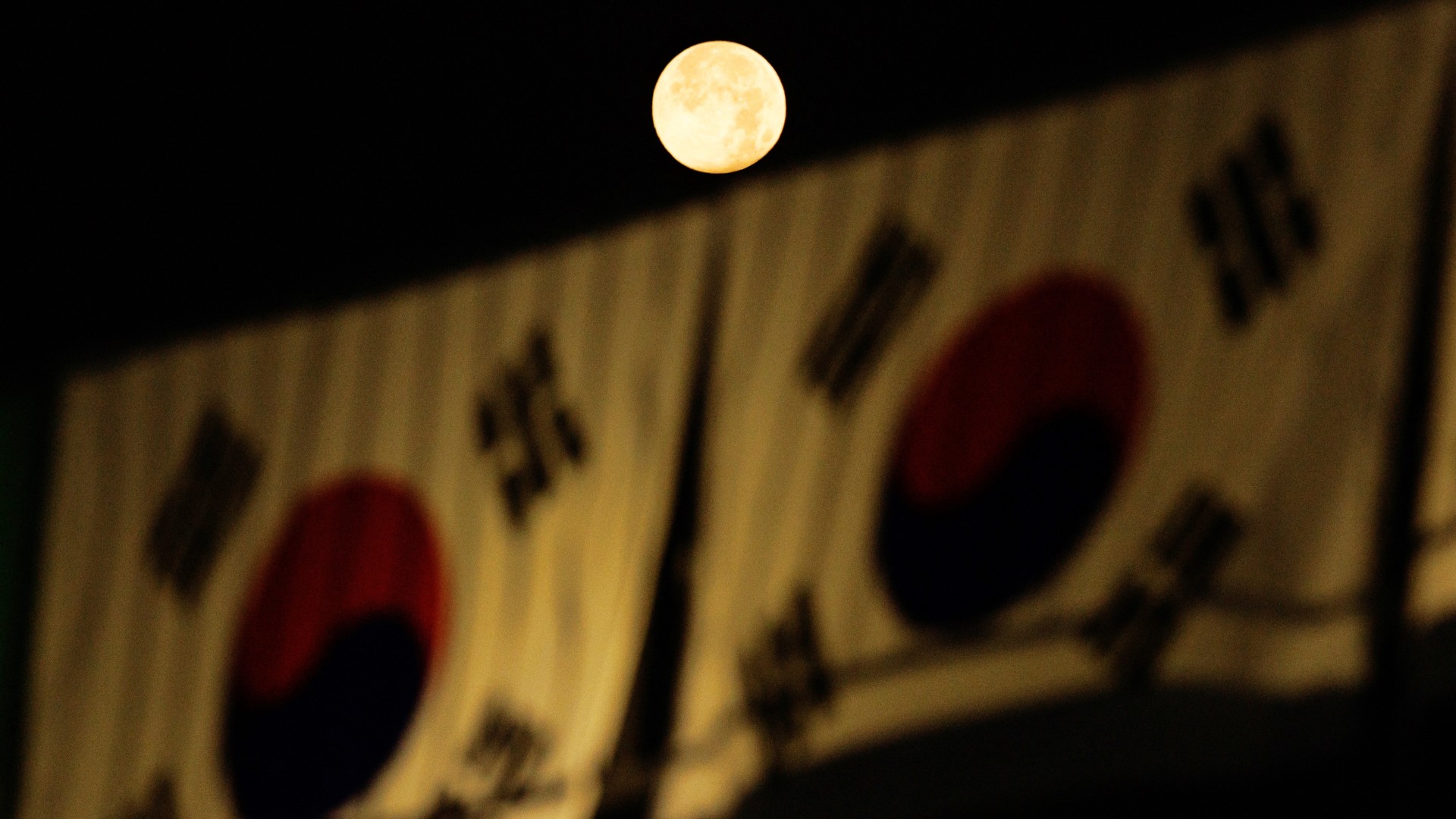
Storied NASA photographer Bill Ingalls saw the Full Wolf Moon rising above the Lincoln Memorial and Memorial Bridge on Monday (Jan. 13) from Arlington, Virginia near NASA headquarters in Washington.

TOP TELESCOPE PICK:
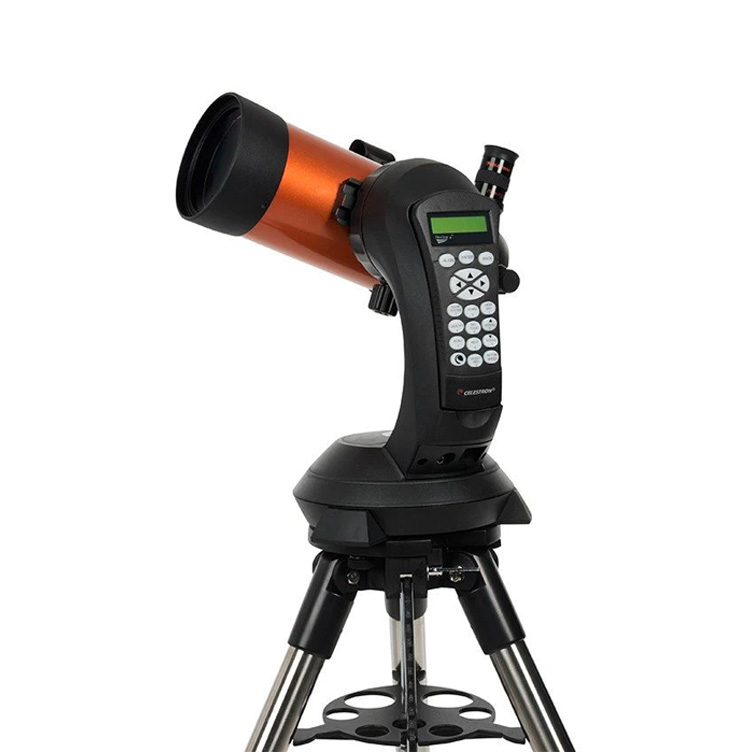
Want to see the features of the moon up close? The Celestron NexStar 4SE is ideal for beginners wanting quality, reliable and quick views of celestial objects. For a more in-depth look at our Celestron NexStar 4SE review.
If you’re looking for binoculars or a telescope to observe Mars or the moon, our guides for the best binoculars and the best telescopes can help you find what you need. Be sure to also check out our guides for tips on how to photograph the planets ahead of Mars reaching opposition this week.
Editor’s Note: If you snap a good photo of Mars and would like to share it with Space.com’s readers, send your photo(s), comments, and your name and location to spacephotos@space.com.










Leave a Comment